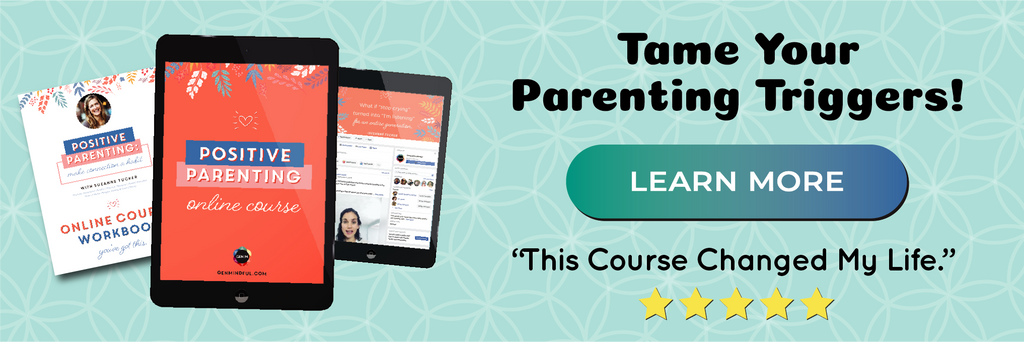
By Maja Watkins
“Dad, can I have a playdate with Jackson?”
Adam’s eleven-year-old son Levi had never spoken those words before. You see, Levi has autism, and from the start of preschool, Adam had longed to hear his son express a desire to be with peers. At the age of eight, Levi began taking a Social and Emotional Learning (SEL) improv class where games were played specifically to help nurture social skills for children of all abilities.
My brother Zack has autism, too. And it was through his process that I was able to source ideas for improv games that would help Levi trust and connect with his peers. When I asked Zack how his brain worked, he expressed that he struggled with sarcasm and had to focus on understanding tone of voice. He preferred when information was given to him matter-of-factly. In getting to know Levi, I realized that he had similar goals as my brother in regards to preferring literal communication whenever possible.
But here’s the thing: There is no one brain that is exactly alike. People say that if you meet one person with autism that means you met one person with autism. The autism spectrum is a spectrum for a reason. People have various social goals and ways of communicating and so it is vital to meet each child where they are and understand their unique mind and heart.
Levi had a hard time believing the other children in the improv class were his friends and, becauses of this belief, he often declined joining the group. This sparked a game idea called “Player Wants A Chair.”
To play:
- Invite all players to sit in a circle.
- Choose one player to stand in the middle of the circle.
- The player in the middle chooses a peer, walks up to them, and asks, “Can I have your spot, please?”
- The player being asked answers by saying “No, sorry, but you can go ask my friend __.”
- The player in the middle continues to ask other players who continue to respond with, “No, sorry, but you can go ask my friend __.”
Now, here’s where it gets interesting ...
- Using eye contact and hand gestures, an agreement is made between players in the circle to switch seats. The goal of the person in the middle is to take the seat before their peers are able to swap places.
- If the child in the middle is unable to take the seat before their peer, they continue playing the game as mentioned above.
- If the child in the middle is able to take the seat before their peer, the child whose seat was taken now moves to the middle, and the game continues.
Now, back to my friend, Levi.
Playing this game, Levi heard people say “go ask my friend Levi” over and over again, which reinforced the idea that he was accepted … that he belonged .. and that he did have friends. And this motivated him to ask his dad for a playdate with Jackson.
If we all learn how others communicate and understand the world around them, then we will be a kinder, more open-minded world. People with and without autism have their own unique perspective and their own unique way to connect with others. Through improv games, we can learn how to practice social skills that will help us meet others where they are, socially and emotionally, which will allow collaboration and teamwork.
Teaching kids improv games at a young age will kickstart their perspective-taking and communication skills in a hands-on way. Social skills can be practiced, and the less we teach using index cards and the more we teach by actually doing, the more beneficial the approach will be when teaching social skills while enhancing friendships.
Even though Levi has always had friends, he now believes it. Levi and Jackson got that play date he asked for and guess what? They continued to have play dates and are friends to this day!
Levi needed to hear that his peers viewed him as a friend before allowing himself to go deeper and create a relationship. This will prepare Levi for future friendships and relationships in his life. Levi will remember that time he heard “my friend Levi” and will now have the confidence to continue to make friends.
Grab our e-book full of games that bolster social-emotional learning in children (and adults, too)!
Grab Your 10 Minutes of Play For 10 Days!
• • •
Generation Mindful creates educational tools, toys, and programs that nurture emotional intelligence through play and positive discipline. Get a FREE Time-In Starter Kit when you sign up to become a GENM member today!
Join us and receive positive parenting tools and support in your inbox each week.





Leave a comment